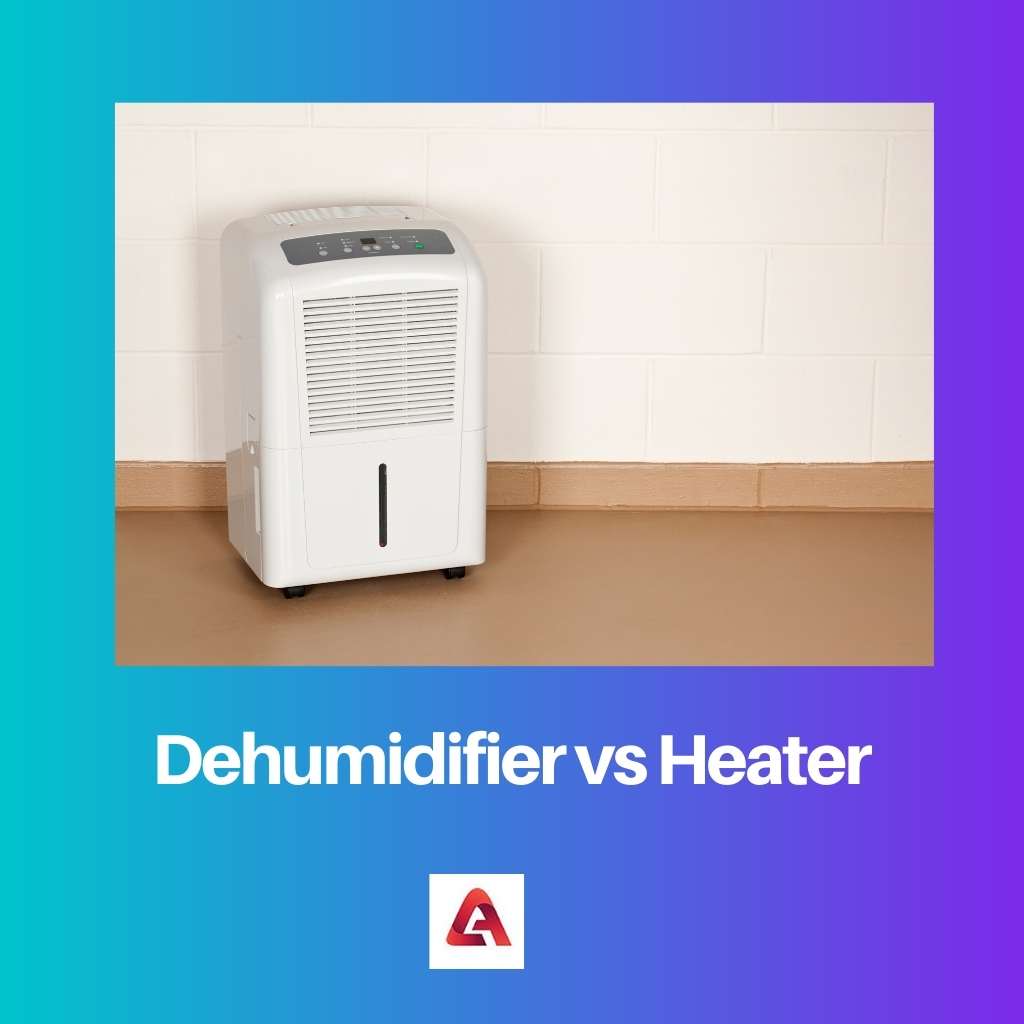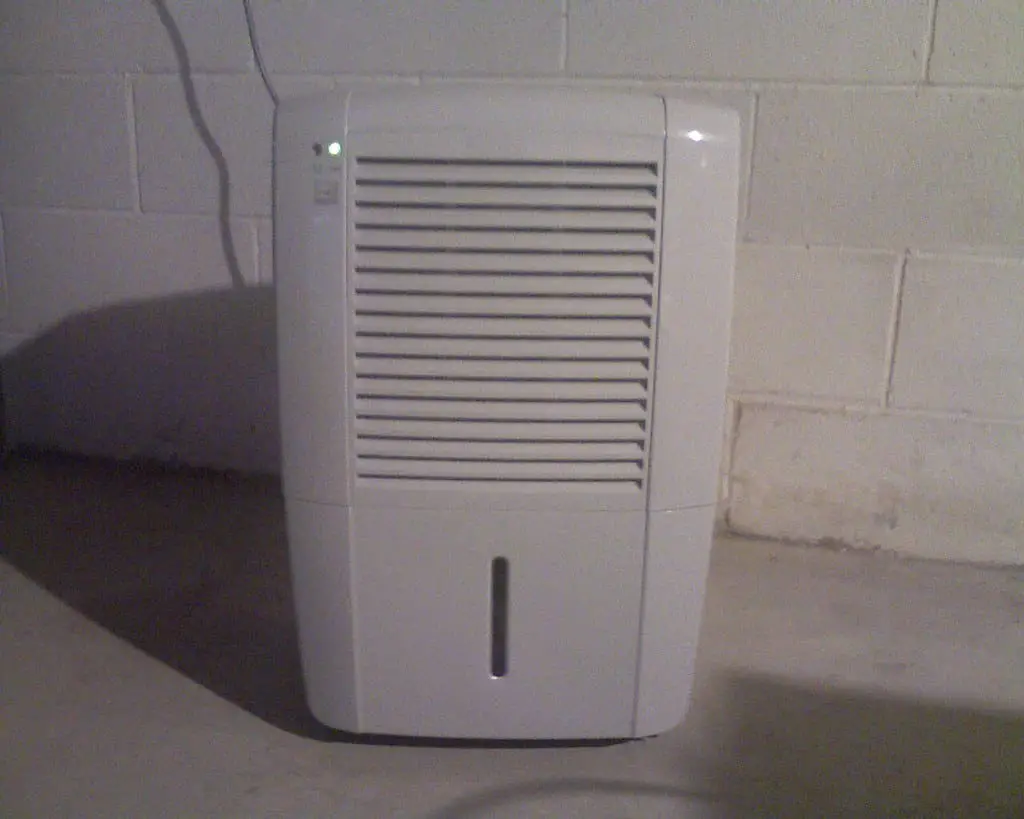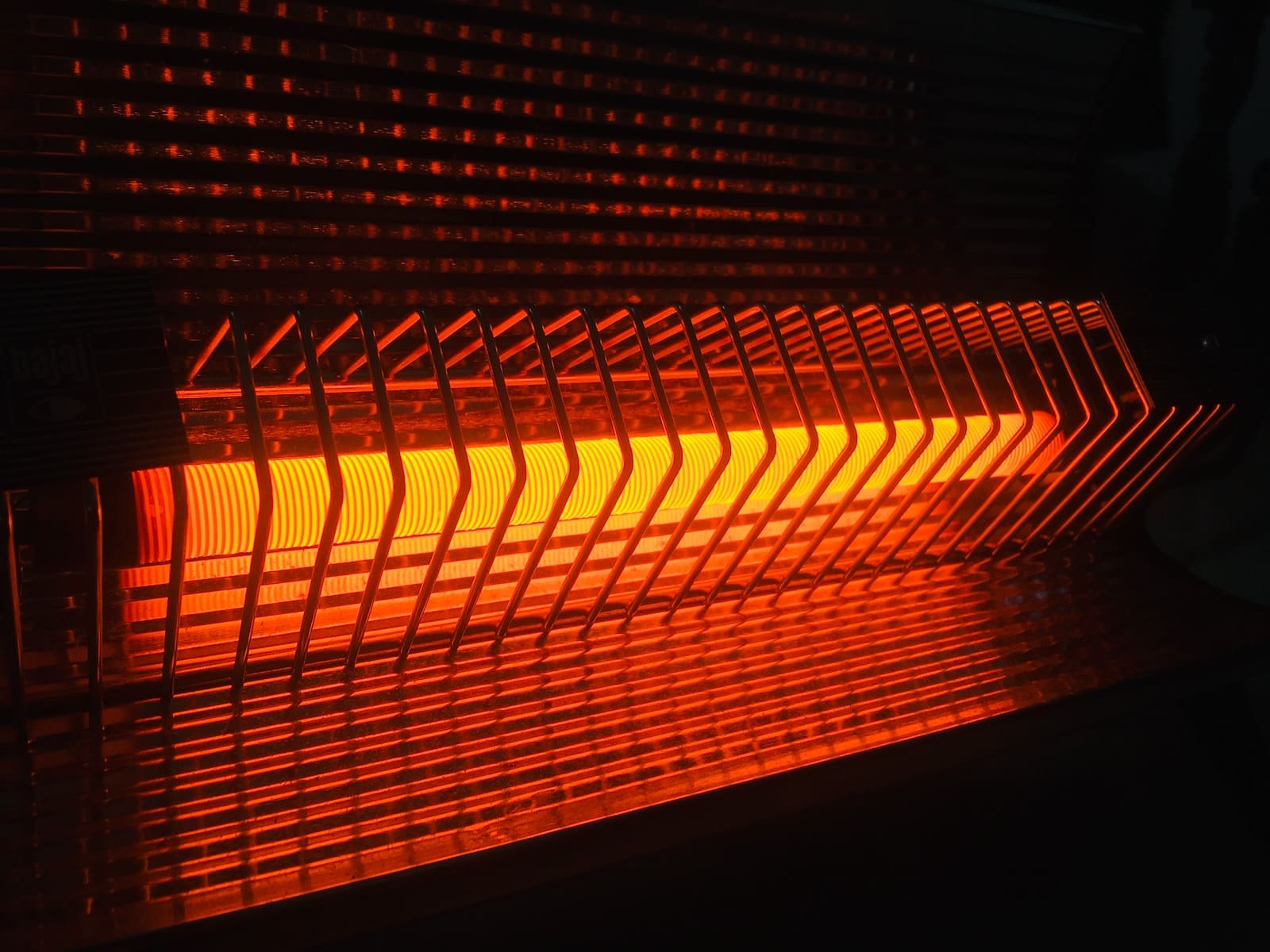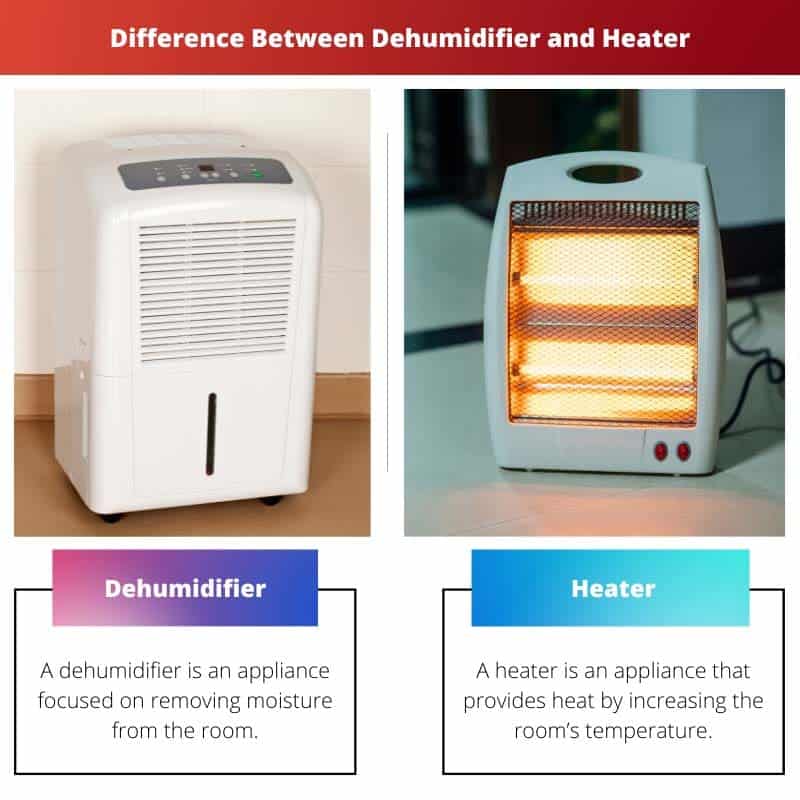Winter brings you the need for appliances that provide a warm atmosphere inside your home. Various such appliances have emerged with the growing technology.
Dehumidifiers and heaters are the most common forms among them. Both of them can serve the purpose of warming a room. But to know which one is best suited for your place it’s important to know the difference between them.
Key Takeaways
- Dehumidifiers remove excess moisture from the air, improving air quality.
- Heaters increase the temperature of a room, providing warmth.
- Both appliances enhance comfort in living spaces but serve different functions related to humidity and temperature.
Dehumidifier vs Heater
A dehumidifier is an air conditioning device that removes water from the air when it is too humid while also providing heat which reduces and maintains the humidity levels in the air. A heater is a device used to warm up a room, car, or water and only radiates heat into the space.

Dehumidifiers have a special mechanism to remove moisture from the air. As the air passes through the desiccant of the appliance the moisture is absorbed by the desiccant material.
This is how dehumidifiers continuously keep on removing moisture from the air stream and reducing the humidity in the space.
A heater is a convenient heating device that provides localized and focused heating. It works by converting one form of energy to another.
They are appliances that can be portable or fixed in a place to heat small spaces in the house, office, etc.
Comparison Table
| Parameters of Comparison | Dehumidifier | Heater |
|---|---|---|
| Meaning | A dehumidifier is an appliance focused on removing moisture from the room. | A heater is an appliance that provides heat by increasing the room’s temperature. |
| Heating Capacity | In comparison to heaters, dehumidifiers have less heating capacity. | It’s a heating device and has the primary purpose of heating the room. |
| Humidity reducing | Dehumidifiers remove moisture from the air with the use of desiccants. | Heaters lack the agent to remove moisture from the air. |
| Cost | High startup costs while Significantly lower overhead costs. | Low startup cost while High maintenance costs. |
| Energy usage | Dehumidifiers require more watts of electricity. | Heaters consume low energy in the form of electricity or gas. |
What is Dehumidifier?
A dehumidifier is an appliance that works by following the mechanism of the simple condenser. The warm air from the surrounding is pulled into their coil via a fan system.
The coils are maintained at low temperatures. On coming in contact with the coil the warm air converts to water droplets. These condensed water droplets are left inside the dehumidifiers.
Dehumidifier brings down the humidity of the room to 30 to 59 percent. Most of the dehumidifiers come with a device that measures and displays the relative humidity of the room.
You can easily set the percentage of humidity that you desire.
Dehumidifiers are classified into 4 different types:
1)Heat Pump dehumidifier – They use a heat pump and heat exchange coils to reduce humidity from the air in the room.
2)Ventilator dehumidifier – It uses an exhaust fan and sensor to expel out the air and moisture. Mostly used in basements.
3) Chemical absorbent- They consist of hydrophilic material like a silica gel to absorb the water droplets. Mostly used at residential places.
The dehumidifier has a long list of benefits. It lessens the presence of allergens and irritants in damp areas of the house.
The persons with allergies and cardiac problems are suggested to use this appliance to keep it damp free.

What is Heater?
Heaters are used to warm up the small space. They are smaller in capacity and efficiency than central heating systems.
So, unlike central heating systems, room heaters are just suitable in the room for a few people. They can be used in places for ill and elderly people that have low mobility.
There are Different capacity heaters available in the market. You can choose the heaters according to the room size and persons they can accommodate.
These heaters also have a panel to set and control the temperature and time of the heater. This panel makes it easier to use for people of all ages.
There are broadly two types of heaters which are electric heaters and gas heaters. One works on electric energy while the other utilizes gas as an energy source.
These heaters are further classified into two major types based on their working mechanism.
1)Convector heater: The convector heater works by warming the air around it and then naturally the air circulates in a space. They take a long time to work but significantly warm up the whole room evenly for a few hours.
2) Radiant heater: The radiant heater works to warm the small space of the room quickly but for a short time. They provide a quick blast of directional heating that doesn’t evenly warm up a room. They don’t have thermostats and timers.

Main Differences Between Dehumidifier and Heater
- Heaters radiate heat into the room by converting electric current or by using the gas into the heat. Dehumidifiers don’t have any special means to heat the room. But while removing moisture from air it actually heats the room. This could be the good during winters while it can really be daunting during summer days.
- Heaters don’t have any mechanism to remove moisture. Increasing the temperature of the room increases dampness in the room, as it heats the water droplets. It can just reduce the number of water droplets in the air only when proper ventilation is provided. On the other hand, dehumidifiers remove dampness in the room making it a little heated.
- In comparison to the utilization of the energy costs dehumidifiers require more energy to remove moisture and heat the room. While the heaters heat the room in significantly lower energy. Thus heaters save the cost of higher energy consumption in comparison to the dehumidifiers.
- Various type of energy source is used in heaters such as bar fire, oil, halogen etc. While different types of systems such as ventilator and heat pump. Heaters reduces the chances of various allergies whereas heaters might increase certain allergies as it increases dampness in the room.





